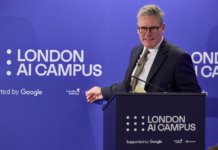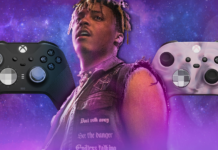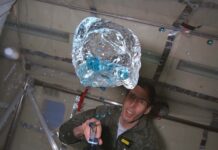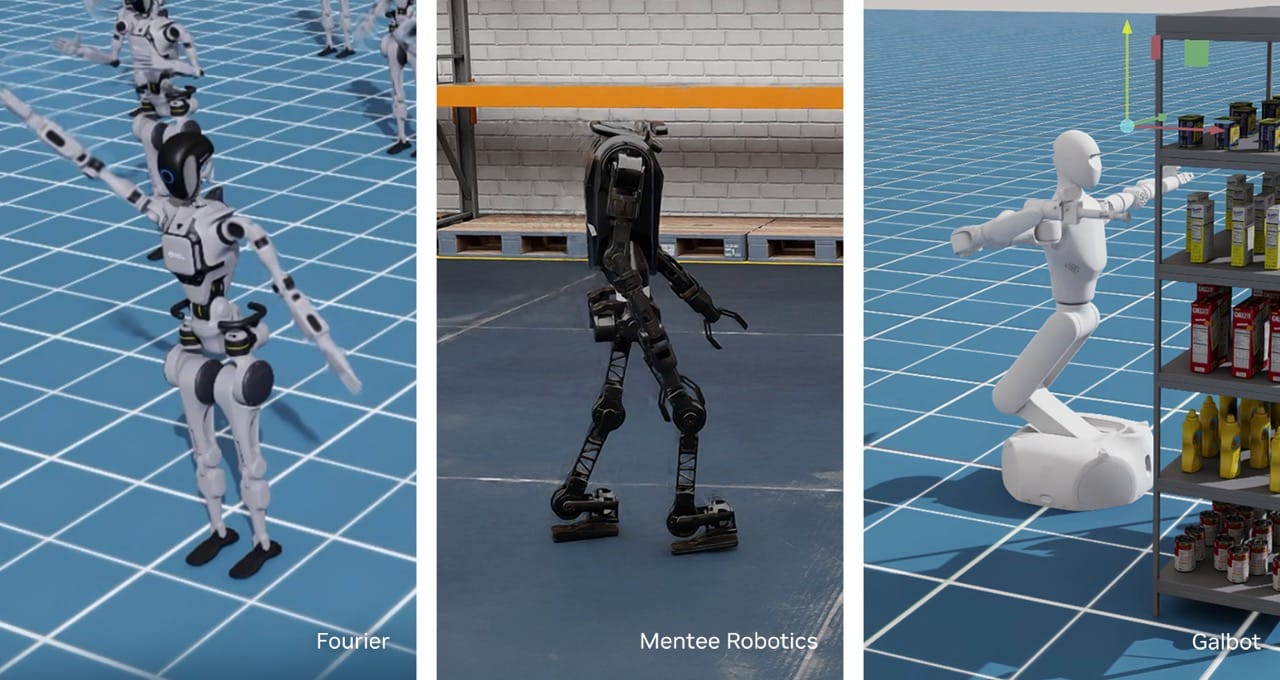Accelerating Robotics Development: NVIDIA’s New AI Tools and Workflows
In a recent announcement at the Conference for Robot Learning (CoRL) in Munich, Germany, NVIDIA introduced a suite of new artificial intelligence and simulation tools aimed at enhancing the development of AI-driven robots, including humanoid robots. These innovative tools promise to significantly speed up the development process for robotics developers by providing advanced frameworks and workflows.
New Tools Unveiled
NVIDIA’s suite includes the general availability of the NVIDIA Isaac Lab, a comprehensive robot learning framework. Additionally, six new workflows for humanoid robot development under Project GR00T were introduced, alongside world-model development tools for video data processing, such as the NVIDIA Cosmos tokenizer and NVIDIA NeMo Curator.
The Cosmos tokenizer is an open-source tool that revolutionizes how robotics developers handle visual data. It breaks down images and videos into high-quality tokens with impressive compression rates, operating up to 12 times faster than existing tokenizers. Meanwhile, the NeMo Curator facilitates video processing with a speed increase of up to seven times compared to current, non-optimized systems.
Collaborative Efforts and Research Contributions
Timed with the CoRL event, NVIDIA also shared 23 research papers and hosted nine workshops related to robot learning. Notably, NVIDIA has partnered with Hugging Face to enhance open-source robotics research through initiatives like LeRobot, the NVIDIA Isaac Lab, and NVIDIA Jetson, which are designed to support the developer community.
The Impact of Isaac Lab
The NVIDIA Isaac Lab is an open-source framework built on the NVIDIA Omniverse platform, which is used to create applications for industrial digitalization and physical AI simulation. This framework is designed to train robot policies at scale and is adaptable to various robot types, from humanoids to collaborative robots, enabling them to manage complex movements and interactions.
Leading companies and research institutions such as Agility Robotics, Boston Dynamics, and the AI Institute are already adopting Isaac Lab. This framework is becoming a standard tool for those aiming to push the boundaries of robotics technology.
Project GR00T: Pioneering Humanoid Robotics
Developing humanoid robots is a complex task that requires integrating multiple technologies to enable these robots to interact effectively with humans and their environments. Project GR00T is NVIDIA’s initiative to support this development by providing accelerated libraries, foundational models, and data pipelines.
Six new Project GR00T workflows have been introduced to guide developers in creating advanced humanoid robots. These include:
- GR00T-Gen: For building generative AI-powered, 3D environments.
- GR00T-Mimic: Focused on robot motion and trajectory generation.
- GR00T-Dexterity: For improving robot manipulation capabilities.
- GR00T-Control: Aimed at whole-body control of robots.
- GR00T-Mobility: Enhancing robot locomotion and navigation.
- GR00T-Perception: Developing multimodal sensing abilities.
Jim Fan, a senior research manager at NVIDIA, emphasized the transformative potential of humanoid robots as the next frontier in embodied AI. NVIDIA’s efforts with Project GR00T are intended to advance the development of humanoid robots globally.
Advanced Tools for World Model Builders
World models are AI systems that predict how objects and environments will respond to a robot’s actions. Creating these models requires vast amounts of computational power and data. NVIDIA’s Cosmos tokenizer simplifies this process by offering high-quality encoding and decoding capabilities, setting new standards for minimal distortion and temporal instability in image and video reconstructions.
The Cosmos tokenizer’s ability to provide significant compression and rapid visual reconstruction supports scalable and efficient generative applications across various visual domains. Companies like 1X Technologies and XPENG Robotics are already utilizing this advanced tool to enhance their capabilities in managing high-resolution visual data.
The NeMo Curator further supports robot developers by enabling large-scale video data processing, thereby improving the accuracy of world models. It addresses the challenges of handling massive video data by providing scalable pipelines and efficient orchestration for load balancing across GPUs. This tool significantly reduces data processing time, supports linear scaling across multi-node, multi-GPU systems, and handles over 100 petabytes of data efficiently, thereby simplifying AI development and reducing costs.
Advancing the Robot Learning Community
During the CoRL event, NVIDIA’s robotics team showcased nearly two dozen research papers, highlighting advancements in vision language models for better environmental understanding, temporal robot navigation, and long-horizon planning for complex tasks. These papers also explored using human demonstrations for skill acquisition in robots.
Notable research includes the SkillGen system, which uses synthetic data generation to train robots with minimal human input, and HOVER, a foundational model for controlling humanoid robot locomotion and manipulation. NVIDIA’s researchers also participated in nine workshops at the conference, contributing to the advancement of robot learning.
Availability and Future Opportunities
NVIDIA Isaac Lab 1.2 is now available as an open-source project on GitHub. The Cosmos tokenizer is accessible on GitHub and Hugging Face, with the NeMo Curator for video processing expected to be released by the end of the month.
Developers can access tutorials and guides for using Isaac Lab, including migration guides from previous systems. Upcoming events include an OpenUSD insider livestream on robot simulation and learning, and NVIDIA Isaac Lab office hours for hands-on support and insights.
Robotics enthusiasts and developers interested in these groundbreaking tools and initiatives can apply to join the NVIDIA Humanoid Robot Developer Program, further exploring the possibilities of AI-driven robotics. For more detailed information, visit the NVIDIA website.
For more Information, Refer to this article.






























